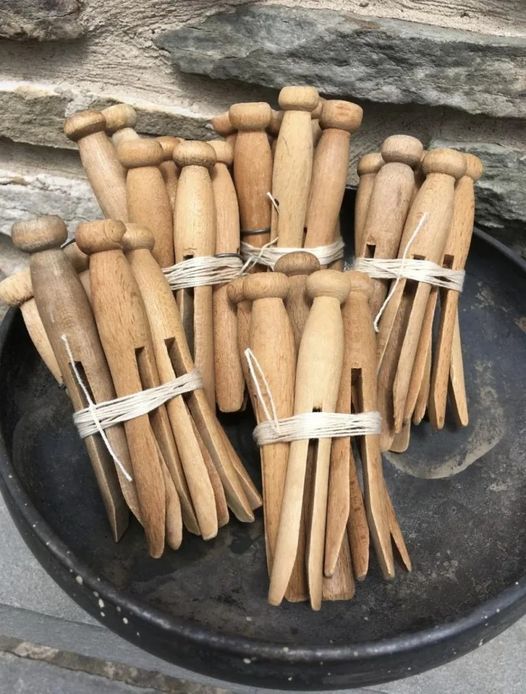ADVERTISEMENT
#### **Vintage Cookware and Utensils**
Another item you may come across is a piece of vintage cookware or kitchen tool that has long since been replaced by modern conveniences. Whether it’s a strange-looking potato masher, an old-fashioned butter churn, or a quirky baking tool, each of these items can spark a conversation about what kitchens were like in the past and how cooking methods have evolved.
Take, for example, a **corn husker** or a **butter mold**—items that were once essentials in every kitchen but are now rarely seen. These tools were not just functional but often deeply connected to specific culinary traditions, such as churning butter in a time when dairy was more difficult to preserve. Discovering these tools opens the door to learning about your family’s food preservation methods, their agricultural roots, or even their cultural influences.
#### **Old Recipe Books**
Recipe books from decades past might also contain instructions that leave you scratching your head. Ingredients that were commonly used in the past might be unfamiliar today, or the instructions might seem overly complicated. But within these books lies a wealth of knowledge about historical eating habits, regional specialties, and innovative cooking methods of the time.
A vintage **Betty Crocker cookbook** or a classic **Fannie Farmer cookbook** could be filled with recipes that have faded from memory, yet once played a major role in shaping home cooking traditions across America. These books serve as time capsules, allowing us to revisit the culinary experiments that shaped our modern-day meals. Whether it’s a strange jello salad or a casserole that sounds foreign to us now, these recipes can often be both a challenge and a delight to revisit.
### **3. Breathing New Life Into Mysterious Recipes**
After coming across an unknown recipe card, the natural next step is to try to make it. Sometimes, there’s a bit of mystery in the instructions, and it requires some trial and error to figure out what the dish is supposed to be. But often, the process of making something old is an adventure in itself, revealing new flavors, techniques, and an appreciation for your family’s culinary traditions.
For instance, consider the following scenario: You come across a recipe card with the simple title “Potato Pudding” but no instructions or detailed explanation. You’re unsure of the method, but the ingredients include potatoes, sugar, eggs, butter, and milk. After a little experimentation, you discover that this is a traditional French potato-based dessert, resembling a savory-sweet pudding or pie that was common in the 19th century. Its comforting, rustic taste might surprise you and remind you of a time when ingredients were simpler but food still had the power to impress.
It’s amazing how one simple recipe can transport you through time. A dish made by your grandmother or great-grandmother might not only hold a unique flavor but also offer a glimpse into their everyday life, the challenges they faced, and the cultural influences that shaped their cooking. It’s a way to connect with your heritage on a personal level.
### **4. Recreating Forgotten Dishes with Modern Twists**
Once you’ve deciphered the mystery behind an old recipe or object, the next challenge is modernizing it or recreating it authentically. While you may have to make some adjustments due to ingredient availability or modern tastes, there’s a certain beauty in paying homage to a dish from the past.
For example, a recipe that calls for **lard** or **suet** might be a bit harder to recreate in today’s health-conscious world. You might decide to substitute these with healthier fats like olive oil or coconut oil. However, part of the fun of exploring old recipes is determining how best to honor the original intent while adapting it to fit today’s palate.
For Complete Cooking STEPS Please Head On Over To Next Page Or Open button (>) and don’t forget to SHARE with your Facebook friends
